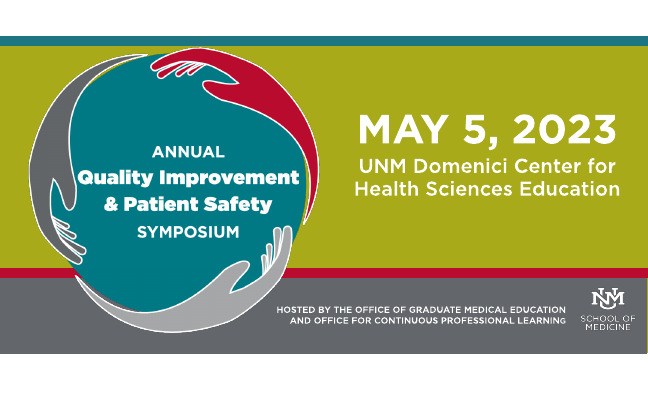Document Type
Poster
Publication Date
3-6-2020
Abstract
Introduction
Here we present the implementation of a new UNM Operating Room Emergency Manual (EM) as an improvement process conducted by the Department of Anesthesia in partnership with the operating room and surgical services. Emergency situations can occur in high risk environments such as the operating room. Cognitive aids such as an emergency manual have been demonstrated to facilitate the ease and speed of life saving actions during emergency situations. To improve and standardize our handling of emergency situations we decided to upgrade our operating room emergency manual.
Methods and Materials
This new manual was adapted from the Stanford Emergency Manual. Using this template we created a new manual to improve upon the older manual most notably with the addition of emergency numbers and clear flow diagrams. We introduced our new EM to the anesthesia department with education on its use during emergency situations. The EM was also introduced to surgical services and the operating room staff. An emergency manual is now located in all anesthetizing locations across the UNM system such as the Main Operating Rooms and Labor and Delivery. We collect data on the use of the emergency manual via the electronic anesthesia record (AR). The AR contains a mandatory field regarding the emergency manual that must be completed in order for the record to be considered billable (see Figure 1). In this way we are guaranteed to collect data on the EM for every anesthetic administered. The data collected details the presence of an emergency manual, whether it was used and the circumstances in which it was used. Additionally, we use online surveys to elicit the opinion of anesthesia providers and collects data regarding improvements and additions to incorporate into the next iteration of the emergency manual.
Results
The emergency manual is now part of safety procedure in all anesthetizing locations. It has now been standardized as part of the time out procedure. Awareness has also increased amongst the surgical and nursing staff. The data collected from our anesthesia records demonstrate its use in notable emergency situations such as intraoperative cardiac arrest, anaphylaxis and massive obstetric hemorrhage. The most often used portion of the EM is the drug dosing chart. Drug dosing errors are a common medical error and our data suggests that expanding upon our drug dosing chart can improve OR safety.
Conclusions
The UNM Operating Room Emergency Manual is now a well-integrated part of anesthetic practice at our institution. Anesthetic providers have appreciated its usefulness as cognitive adjunct during operating room emergencies. We continue to assess for weaknesses in the manual and are implementing an iterative process of manual improvement. Based on the success of the current emergency manual, a pediatric specific emergency manual has been introduced to the UNM pediatric operating rooms. Our next goals are to introduce an obstetric specific manual to labor and delivery and to update the current manual based on current feedback.
Recommended Citation
Leung, Kar-Wei; John R. Rask; Frank Jaime; and Tim Petersen. "The Implementation of The New UNM Operating Room Emergency Manual." (2020). https://digitalrepository.unm.edu/hsc_qips/19


Comments
Presented at the University of New Mexico Health Science 2020 Annual Quality Improvement and Patient Safety Symposium